|
Your search criteria found 1300 images Gallery: Universe |
| My List |
Addition Date |
Target
|
Mission | Instrument | Size |

|
2016-09-15 |
Wide-field Infrared Survey Explorer (WISE) |
3482x1959x3 | ||

|
|||||

|
2016-10-06 |
Hubble Space Telescope |
3000x2701x3 | ||
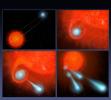
|
|||||

|
2016-10-18 |
Kepler |
5000x3117x3 | ||
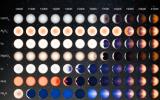
|
|||||

|
2016-10-21 |
Kepler |
4800x2700x3 | ||
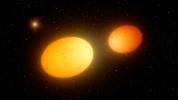
|
|||||

|
2017-01-05 | 4096x2560x3 | |||
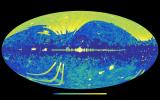
|
|||||

|
2017-01-06 |
SWIFT |
3840x2160x3 | ||
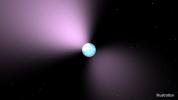
|
|||||

|
2017-01-31 |
NuSTAR SWIFT XMM-Newton |
6875x5479x3 | ||
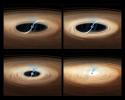
|
|||||

|
2017-02-22 |
Spitzer Space Telescope |
TRAPPIST |
3200x4000x3 | |

|
|||||

|
2017-02-22 |
Spitzer Space Telescope |
TRAPPIST |
6000x3000x3 | |
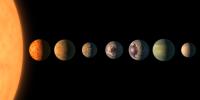
|
|||||

|
2017-02-22 |
Spitzer Space Telescope |
TRAPPIST |
4534x2550x3 | |
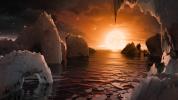
|
|||||

|
2017-02-22 |
Spitzer Space Telescope |
TRAPPIST |
5295x2978x3 | |
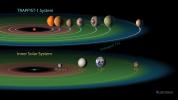
|
|||||

|
2017-02-22 |
Spitzer Space Telescope |
TRAPPIST |
5104x2871x3 | |
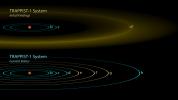
|
|||||

|
2017-02-22 |
Spitzer Space Telescope |
TRAPPIST |
1621x911x3 | |
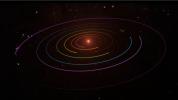
|
|||||

|
2017-02-22 |
Spitzer Space Telescope |
TRAPPIST |
4500x3600x3 | |
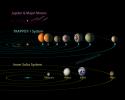
|
|||||

|
2017-02-22 |
Spitzer Space Telescope |
TRAPPIST |
3600x4500x3 | |

|
|||||

|
2017-02-22 |
Spitzer Space Telescope |
TRAPPIST |
1906x1063x3 | |
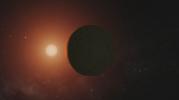
|
|||||

|
2017-03-22 |
SDO |
Atmosphere Imaging Assembly |
1500x1478x3 | |
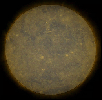
|
|||||

|
2017-03-23 |
Galaxy Evolution Explorer (GALEX) NuSTAR |
GALEX Telescope NuSTAR |
2048x1152x3 | |
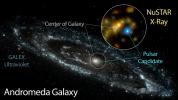
|
|||||

|
2017-04-12 |
Kepler |
1280x960x3 | ||
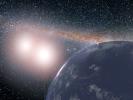
|
|||||

|
2017-04-11 |
New Horizons |
1700x2004x3 | ||

|
|||||

|
2017-04-04 |
New Horizons |
LORRI |
1024x1024x3 | |
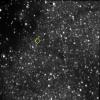
|
|||||

|
2017-05-10 |
Hubble Space Telescope XMM-Newton Chandra X-ray Observatory Spitzer Space Telescope |
Very Large Array (VLA) |
1296x1024x3 | |
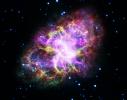
|
|||||

|
2017-05-25 |
Hubble Space Telescope Spitzer Space Telescope |
1280x720x3 | ||
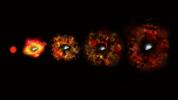
|
|||||

|
2017-05-25 |
Hubble Space Telescope |
Hubble Space Telescope |
1800x1200x3 | |
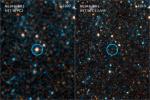
|
|||||

|
2014-01-06 |
Spitzer Space Telescope |
1041x585x3 | ||
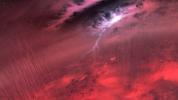
|
|||||

|
2017-06-06 |
Galaxy Evolution Explorer (GALEX) |
2200x1700x3 | ||
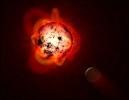
|
|||||

|
2017-08-11 |
Spitzer Space Telescope |
TRAPPIST |
1600x900x3 | |
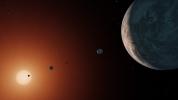
|
|||||

|
2017-08-17 |
Spitzer Space Telescope |
4534x2550x3 | ||
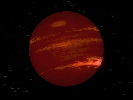
|
|||||

|
2017-10-04 |
Spitzer Space Telescope |
5120x2880x3 | ||
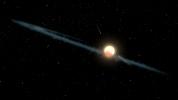
|
|||||

|
2017-10-11 | 2048x1152x3 | |||
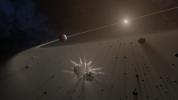
|
|||||

|
2017-11-01 |
Spitzer Space Telescope Wide-field Infrared Survey Explorer (WISE) |
2048x1152x3 | ||
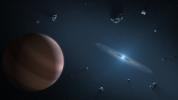
|
|||||

|
2017-11-02 |
NuSTAR |
5120x2880x3 | ||
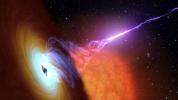
|
|||||

|
2017-11-16 |
Spitzer Space Telescope |
4800x2700x3 | ||
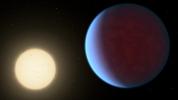
|
|||||

|
2017-11-29 | 2700x2282x3 | |||
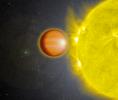
|
|||||

|
2017-12-13 |
MAVEN |
1920x1080x3 | ||
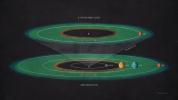
|
|||||

|
2017-12-14 |
Kepler |
8700x2628x3 | ||

|
|||||

|
2017-12-14 |
Kepler |
1152x648x3 | ||
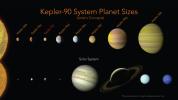
|
|||||

|
2018-01-11 |
Kepler |
5120x2880x3 | ||
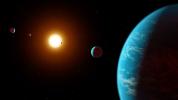
|
|||||

|
2018-01-11 |
Hubble Space Telescope |
1000x750x3 | ||
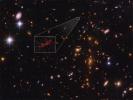
|
|||||

|
2018-01-11 |
Hubble Space Telescope Spitzer Space Telescope |
2000x1125x3 | ||
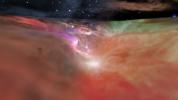
|
|||||

|
2018-01-31 |
Hubble Space Telescope Spitzer Space Telescope |
1608x2048x3 | ||

|
|||||

|
2018-02-05 |
Spitzer Space Telescope |
TRAPPIST |
6000x3000x3 | |
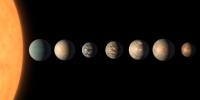
|
|||||

|
2018-02-05 |
Spitzer Space Telescope |
TRAPPIST |
6000x3500x3 | |
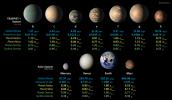
|
|||||

|
2018-02-05 |
Spitzer Space Telescope |
TRAPPIST |
4800x2700x3 | |
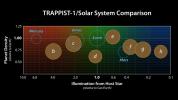
|
|||||

|
2018-02-05 |
Spitzer Space Telescope |
TRAPPIST |
4500x3600x3 | |
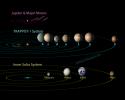
|
|||||

|
2018-02-05 |
Spitzer Space Telescope |
TRAPPIST |
5120x2880x3 | |
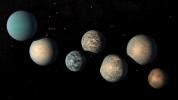
|
|||||

|
2018-02-05 |
Spitzer Space Telescope |
TRAPPIST |
1068x600x3 | |
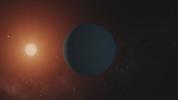
|
|||||

|
2018-03-26 |
Kepler |
1337x706x3 | ||
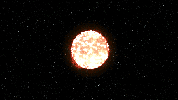
|
|||||

|
2018-03-26 |
Kepler |
1339x705x3 | ||
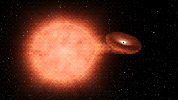
|
|||||

|
2018-03-26 |
Kepler |
1334x701x3 | ||
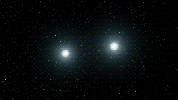
|
|||||

|
2018-03-26 |
Kepler |
1336x710x3 | ||
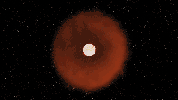
|
|||||

|
2018-06-15 | 3816x2160x3 | |||
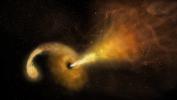
|
|||||

|
2018-06-15 |
Hubble Space Telescope |
4763x3126x3 | ||
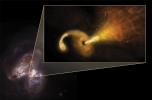
|
|||||

|
2018-06-28 | 3200x1800x3 | |||
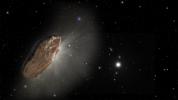
|
|||||

|
2018-08-02 |
Spitzer Space Telescope |
IRAC |
1234x960x3 | |
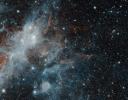
|
|||||

|
2018-08-09 |
Hubble Space Telescope Spitzer Space Telescope |
15556x11667x3 | ||
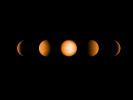
|
|||||

|
2018-10-23 |
Spitzer Space Telescope |
IRAC |
5000x1848x3 | |
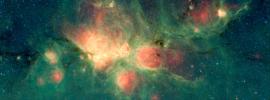
|
|||||

|
2018-10-23 |
Spitzer Space Telescope |
IRAC |
5000x1848x3 | |
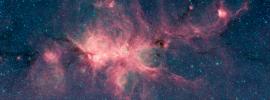
|
|||||

|
2018-11-15 |
Wide-field Infrared Survey Explorer (WISE) |
ALMA |
11520x8640x3 | |
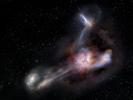
|
|||||

|
2018-11-15 |
Wide-field Infrared Survey Explorer (WISE) |
ALMA |
3000x3000x3 | |
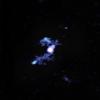
|
|||||

|
2018-11-16 |
Spitzer Space Telescope |
2031x2032x3 | ||
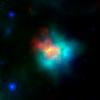
|
|||||

|
2018-12-04 |
Hubble Space Telescope |
WFC3 WFPC2 WFPC1 |
1881x627x3 | |
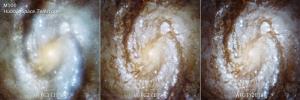
|
|||||

|
2018-12-10 |
Hubble Space Telescope |
1074x895x3 | ||
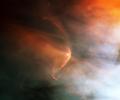
|
|||||

|
2018-12-18 | 4534x2550x3 | |||
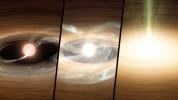
|
|||||

|
2018-12-18 |
Spitzer Space Telescope |
1055x781x3 | ||
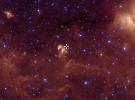
|
|||||

|
2019-01-07 |
Kepler Spitzer Space Telescope |
5120x2880x3 | ||
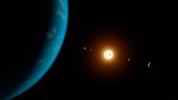
|
|||||

|
2019-01-07 |
Kepler Spitzer Space Telescope |
9019x5068x3 | ||
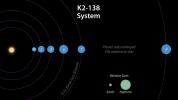
|
|||||

|
2019-01-07 |
Kepler Spitzer Space Telescope |
6000x3375x3 | ||
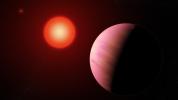
|
|||||

|
2019-02-20 |
NuSTAR |
NuSTAR |
2500x2500x3 | |
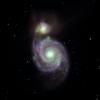
|
|||||

|
2019-02-27 |
Spitzer Space Telescope |
IRAC |
1200x1200x3 | |
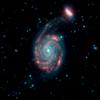
|
|||||

|
2019-02-27 |
Spitzer Space Telescope |
IRAC |
1200x1200x3 | |
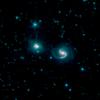
|
|||||

|
2019-02-27 |
Spitzer Space Telescope |
IRAC |
1200x1200x3 | |
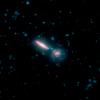
|
|||||

|
2019-02-27 |
Spitzer Space Telescope |
IRAC |
2133x1200x3 | |
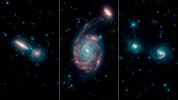
|
|||||

|
2019-03-05 |
Spitzer Space Telescope |
Spitzer Space Telescope |
2412x1713x3 | |
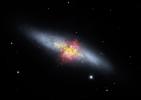
|
|||||

|
2019-03-27 |
Spitzer Space Telescope |
IRAC |
4600x3000x3 | |
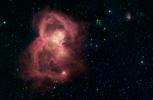
|
|||||

|
2019-05-08 |
Hubble Space Telescope Spitzer Space Telescope |
IRAC |
1600x900x3 | |
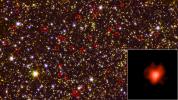
|
|||||

|
2019-05-30 |
Spitzer Space Telescope |
IRAC MIPS |
14391x6232x3 | |
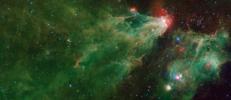
|
|||||

|
2019-05-30 |
Spitzer Space Telescope |
IRAC |
14391x6232x3 | |
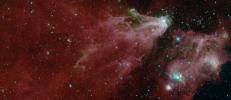
|
|||||

|
2019-07-31 |
Spitzer Space Telescope |
IRAC |
1200x1200x3 | |
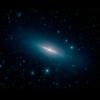
|
|||||

|
2019-08-19 |
Spitzer Space Telescope |
3840x2160x3 | ||
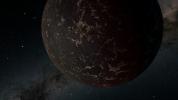
|
|||||

|
2019-09-04 |
NuSTAR |
NuSTAR |
3488x3485x3 | |
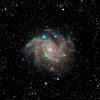
|
|||||

|
2019-09-12 |
Canada-France-Hawaii Telescope |
705x645x1 | ||
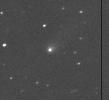
|
|||||

|
2019-09-30 |
Spitzer Space Telescope |
Spitzer Space Telescope |
3250x3250x3 | |
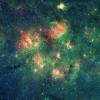
|
|||||

|
2019-10-30 |
Spitzer Space Telescope |
Spitzer Space Telescope |
1041x586x3 | |

|
|||||

|
2019-12-13 |
Wide-field Infrared Survey Explorer (WISE) |
1622x1125x3 | ||
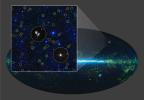
|
|||||

|
2019-12-19 |
Spitzer Space Telescope |
Spitzer Space Telescope |
15950x6500x3 | |
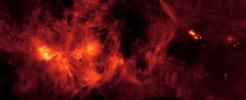
|
|||||

|
2020-01-07 |
SOFIA |
2608x3022x3 | ||

|
|||||

|
2020-01-08 |
Hubble Space Telescope |
WFC3 |
1920x1280x3 | |
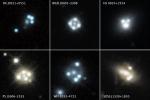
|
|||||

|
2020-01-08 | 4096x2160x3 | |||
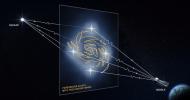
|
|||||

|
2020-01-22 |
Spitzer Space Telescope |
Spitzer Space Telescope |
5760x3240x3 | |
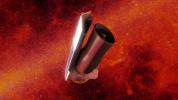
|
|||||

|
2020-01-27 |
Spitzer Space Telescope |
Spitzer Space Telescope |
8832x4968x3 | |
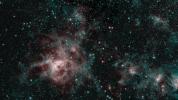
|
|||||

|
2020-01-27 |
Spitzer Space Telescope |
Spitzer Space Telescope |
8832x4968x3 | |
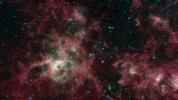
|
|||||

|
2020-04-09 |
Spitzer Space Telescope |
Spitzer Space Telescope |
3840x2160x3 | |
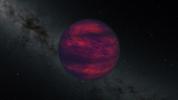
|
|||||

|
2020-04-09 | 4800x2700x3 | |||
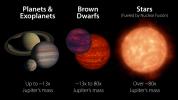
|
|||||

|
2020-04-15 |
Kepler |
3840x2160x3 | ||
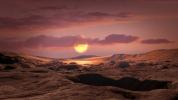
|
|||||

|
2020-04-15 |
Kepler |
3840x2160x3 | ||
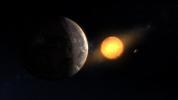
|
|||||

|
2020-04-15 |
Kepler |
3741x2244x3 | ||
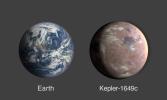
|
|||||

|
2020-04-17 |
Spitzer Space Telescope |
Spitzer Space Telescope |
3317x1902x3 | |
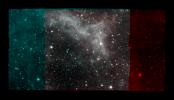
|
|||||

|
2020-04-28 |
Spitzer Space Telescope |
Spitzer Space Telescope |
5120x2880x3 | |
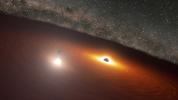
|
|||||

|
2020-06-24 |
NuSTAR |
3334x1875x3 | ||
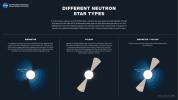
|
|||||

|
 |
 |
 |
 |
 |
 |
 |
 |
 |
 |

|
| 1-100 | 101-200 | 201-300 | 301-400 | 401-500 | 501-600 | 601-700 | 701-800 | 801-900 | 901-1000 |
| Currently displaying images: 701 - 800 of 1300 |